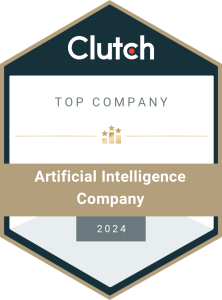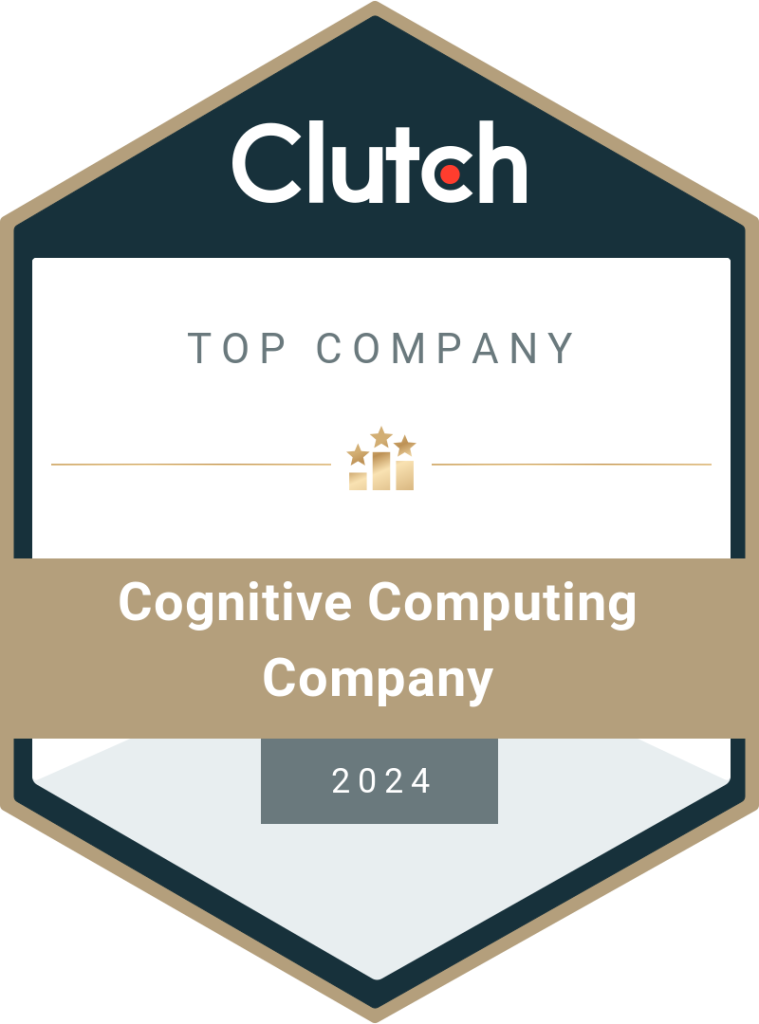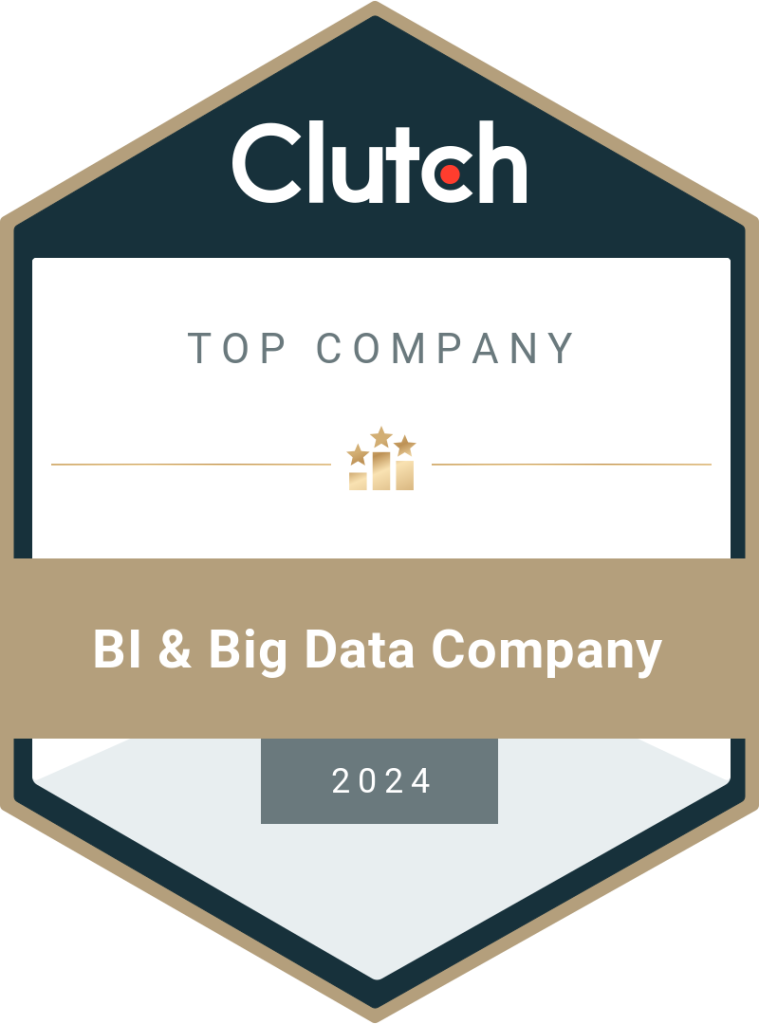9 Things Start-up Leaders Should Know About Generative AI
Generative AI uses deep learning algorithms and other technologies to generate output based on the user input. It is an advanced form of general AI capable of handling versatile tasks. Here, we’ll discuss the various aspects startup leaders should know about generative AI to implement the technology in their businesses. Artificial intelligence has been revolutionizing various industries in recent times. Statistics show that the annual AI adoption rate will grow by 37.3% from 2023 to 2030. Artificial intelligence is integral in our personal, social, and professional lives. However, we know that AI is still in the initial stages of exploration. Generative AI is a prime example of this. ChatGPT has changed the way we look at AI. It has created many discussions across the globe. The top companies have been working hard to release their versions of generative AI tools. Other SMBs and multinational organizations are hiring AI consulting firms to understand the importance of generative AI and adopt relevant tools to boost their business. But what is generative AI? What does it do in today’s scenario? How can CEOs and entrepreneurs use generative AI in their businesses? Let’s find the answers to these questions. What is Generative AI, and How Can it Help Your Business? Generative AI is a set of algorithms that can generate new content (text, image, video, audio, etc.) from the training data. The generative AI models are built on models trained using large datasets with unlabeled data. The algorithms learn to self-supervise themselves and identify the underlying patterns. It uses deep learning to complete tasks effectively compared to other AI models. The generative AI landscape covers a range of applications that optimize business processes, create content, brainstorm ideas, write and debug codes, etc., to reduce pressure on employees and complete tasks effectively. Enterprises can use generative AI in various ways to revamp their business model, reduce costs, increase productivity, and generate higher ROI. Generative AI is a subset of machine learning and is different from discriminative AI, which deals with data categorization. Generative AI models help businesses in the following ways: What are Various Techniques Used for Generative AI? Generative AI is not based on any single technique but is a combination of several techniques, such as: These techniques allow generative AI to process input data and generate output as required by the user. This is why generative AI can create versatile types of texts, images, videos, 3D designs, etc. It is highly useful in the medical and healthcare industry as it generates 3D visualizations of DNA structures, proteins, crystals, drug combinations, and so on. However, all of them are not in every generative AI model. AI leaders choose the necessary techniques based on the type of model they want to create and its purpose. Should Start-Ups Explore Generative AI? The answer is yes. Startups, small businesses, and growing companies should explore generative AI to survive in competitive markets. Using the latest technology to streamline internal processes and increase ROI will strengthen the foundation and allow startups to stand alongside established enterprises. Furthermore, startups can directly develop agile and scalable IT infrastructure and save money on replacing legacy systems. However, it’s vital to make informed decisions when bringing major changes to the business model. AI consultants recommend that CEOs understand the following aspects to know how generative AI can benefit their business. 1. Fast Developments in Generative AI Generative AI is evolving at a rapid pace for the last few years. From OpenAI’s ChatGPT to Google’s Med-PaLM, Meta’s LLaMA, Amazon Bedrock, Google Bard, and Microsoft’s integration of ChatGPT 4 with Office 365, the developments are occurring frequently. Entrepreneurs should understand that generative AI and the future are not fixed but constantly evolve. They need to create an infrastructure and work culture where technology and talent can keep up with the developments and adapt to the changes quickly time. Constant investment is necessary to stay up to date. Generative AI is not a one-time investment. 2. It’s More Than a Chatbot Even though we know of generative AI as an advanced chatbot, it is a lot more complex and capable. However, generative AI takes things ahead. It can classify, edit, and summarize almost any type of content. It can answer questions, draft letters, code, outline, strategy, and more. As the models evolve, generative AI can be integrated with enterprise workflows to automate and perform specific tasks. Some AI tools are already providing these services. 3. Scalability and Competitive Advantage Generative AI is versatile and scalable on various levels. Firstly, it is different from other deep learning models that can perform only one specific task. Generative AI can handle multiple types of tasks, resulting in greater efficiency and productivity. This makes it easier to use a single model to perform all the necessary tasks at work and gain a competitive advantage in the market. It can also be scaled to suit the growing business needs. 4. Identifying the Right Use Cases The success of any technology or development can be seen when it is used for the right purpose at the right time and in the right manner. CEOs should ensure that they know why, how, where, and when they want to use the tools in their startups. The budget of the project will also depend on these aspects. For example, generative AI in the customer service department can assist representatives in quickly solving customers’ complaints and speeding up ticket closing. Similarly, the sales and marketing team can brainstorm strategies and use generative AI to create a foolproof promotional campaign and relevant content without spending too much time and resources. CEOs have to identify where to use generative so that they can decide on the next step. 5. Reworking Existing Model vs. Training New Model Is generative AI rewriting your business model? The answer depends on the use cases you finalize and how you want to achieve the results. If you already have accurate ML models, you can customize them and set up integrations with generative AI. For example, using generative AI as a SaaS (software as a service) tool is cost-effective compared to
Read More





